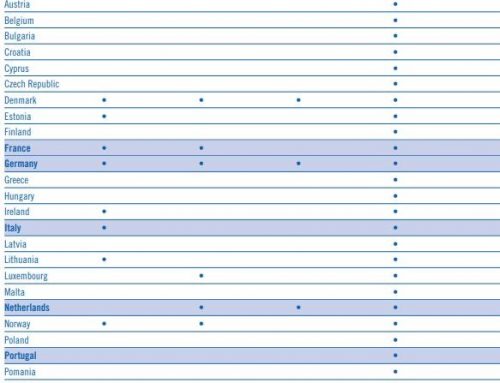Number Needed to Treat (NNT) was a term with which I was unfamiliar. The Center for Evidence Based Medicine defines the Number Needed to Treat as the number of patients you need to treat to prevent one additional bad outcome (death, stroke, etc.). For example, if a drug has an NNT of 5, it means you have to treat 5 people with the drug to prevent one additional bad outcome.
When considering the effectiveness or strength of pain medication, it is important to understand this clinical measure, the Number Needed to Treat. In the case of pain medication, NNT looks at the number of people who must be treated by a specific intervention for one person to receive a certain effect.
The Oxford League of Table Analgesics presents information from systematic reviews of randomized, double-blind, single-dose studies in patients with moderate to severe pain. For each review the outcome was identical – that is at least 50% pain relief over 4-6 hours. The pain measurements were standardized, and have been validated. Findings?
Effective relief can be achieved with oral non-opioids and non-steroidal anti-inflammatory drugs. Analgesic efficacy is expressed as the NNT, the number of patients who need to receive the active drug for one to achieve at least 50% relief of pain compared with placebo over a 4-6 hour treatment period. The graph included at this link very clearly shows the results of their Evidence based review of effectiveness of pain medications.
Dr. Teater writes in his article that 50% relief of pain is considered effective treatment, allowing people increased functional abilities and an improved quality of life.
An NNT of 1 means that the medicine is 100% effective at reducing pain by 50% – everyone who takes the medicine has effective pain relief. The most effective drugs have a low NNT of just over 2. This means that for every two patients who receive the drug one patient will get at least 50% relief because of the treatment (the other patient may or may not obtain relief but it does not reach the 50% level). For oral medications, an NNT of 1.5 is very good and an NNT of 2.5 would be considered good.
In my next post I will discuss the findings of organizations that have examined the NNT of oral pain medications including opioids, acetaminophen and non-steroidal antiinflammatory medications. I think you will be very surprised at the findings.




